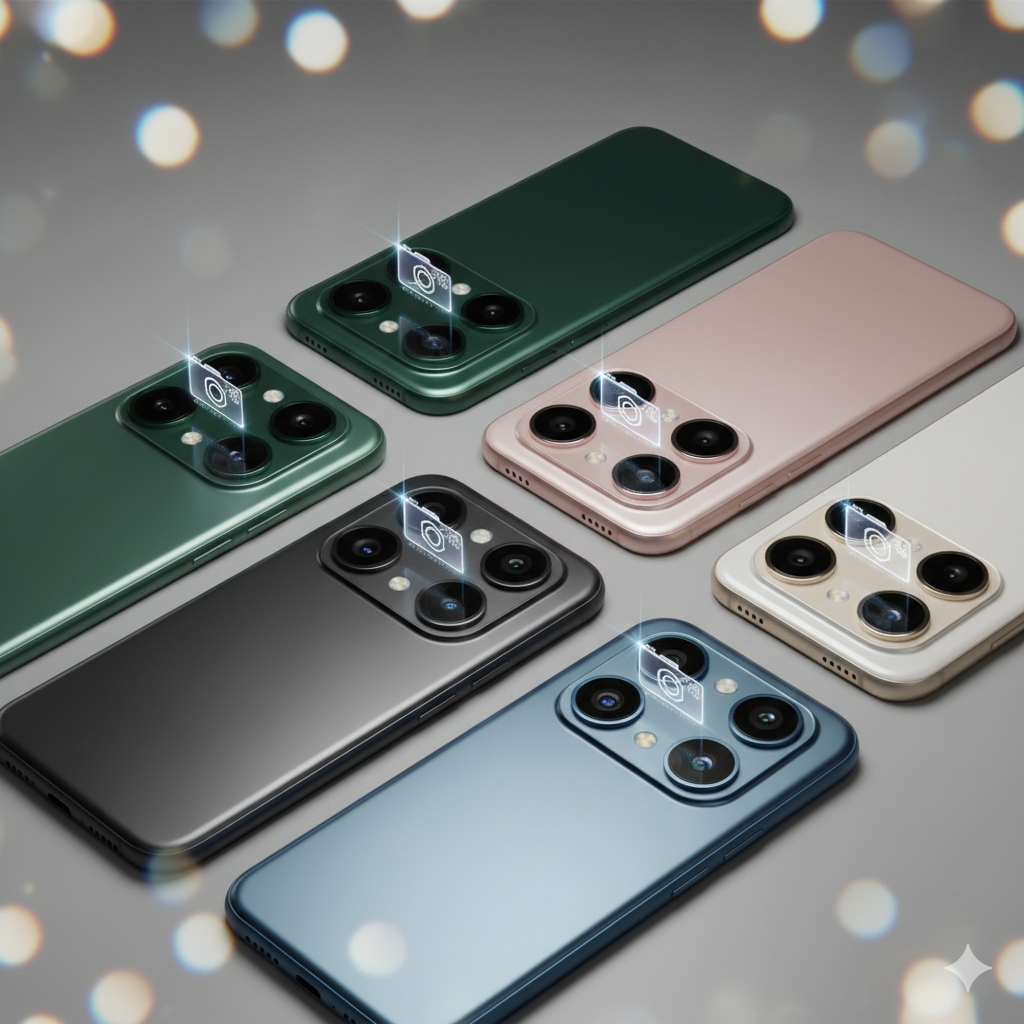In 2025, the gap between budget and flagship smartphone cameras has never been smaller. Thanks to better image processing, AI-driven optimization, and larger sensors in mid-tier devices, even $300 phones can rival premium models in daylight and low-light performance.
This guide breaks down six budget Android phones that genuinely impress in the camera department. Whether you’re a casual photographer or a creator on a budget, these models redefine what “affordable” can capture.
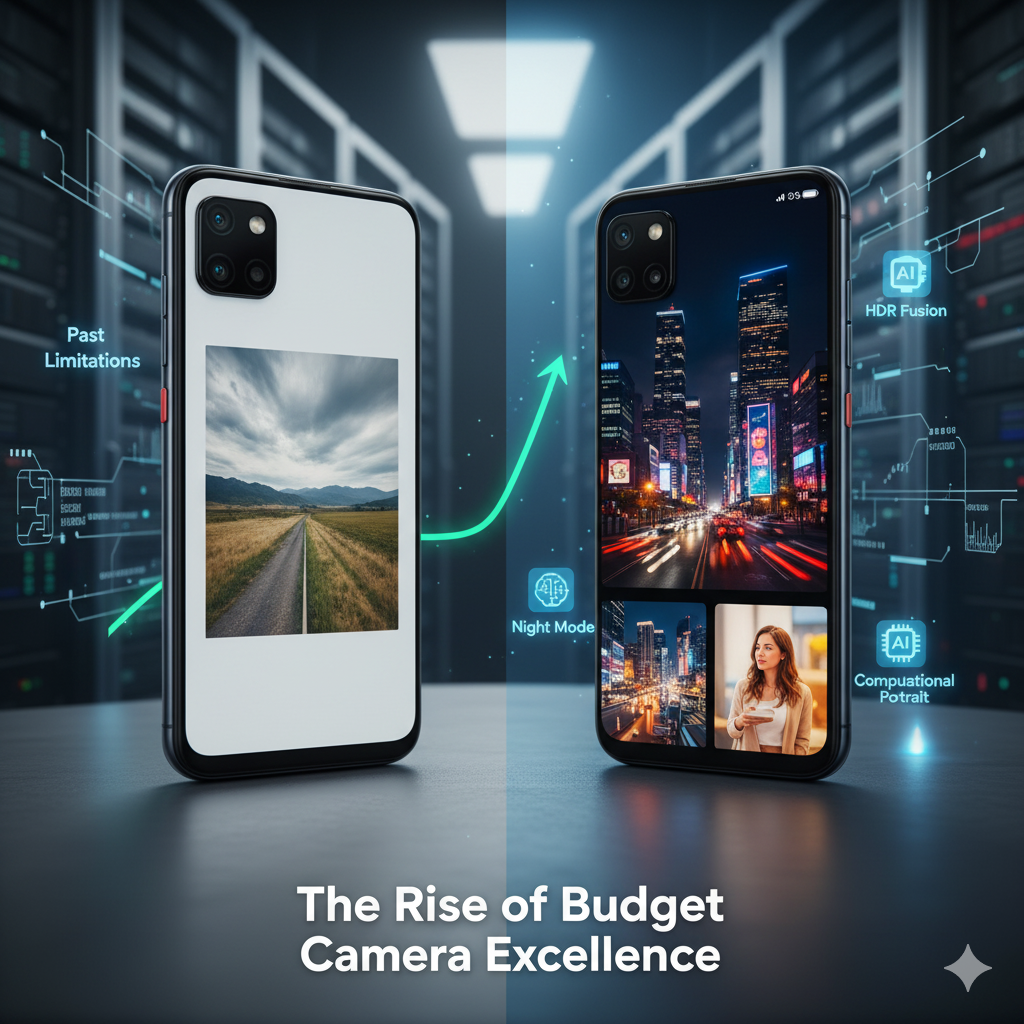
The Rise of Budget Camera Excellence
Not too long ago, buying a budget Android phone meant settling for mediocre photos and washed-out colors. But as we enter 2025, mid-range chipsets and optimized image signal processors (ISPs) have flipped that narrative.
Today’s budget smartphones integrate the same AI photo enhancements once reserved for flagship devices — think HDR fusion, night mode, and computational portrait effects. The real magic? Manufacturers like Xiaomi, Samsung, and Google are pushing these technologies into their sub-$400 offerings.
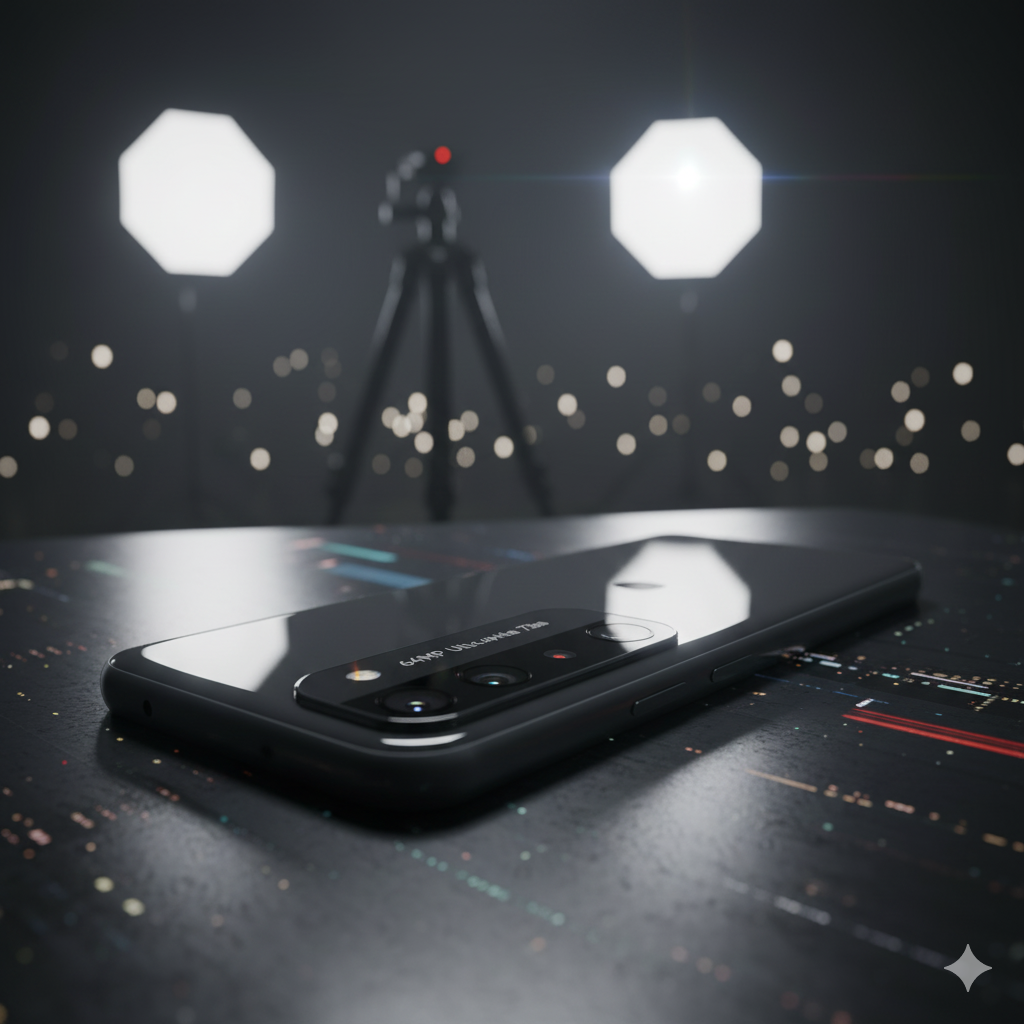
1. Google Pixel 7a – The Compact Camera Champ
Google’s mid-range Pixel line continues to dominate the “affordable but premium” segment.
Key Camera Specs:
- 64MP main (Sony IMX787) + 13MP ultra-wide
- Google Tensor G2 chip with flagship-level image processing
- 4K video at 60fps
Why It Stands Out:
The Pixel 7a captures exceptional detail and tone accuracy, especially in dynamic range. Its computational photography gives it an edge in low light, making it one of the few sub-$500 phones that can take professional-grade photos straight out of the box.
“The Pixel 7a still proves software trumps sensor size in real-world photography.”
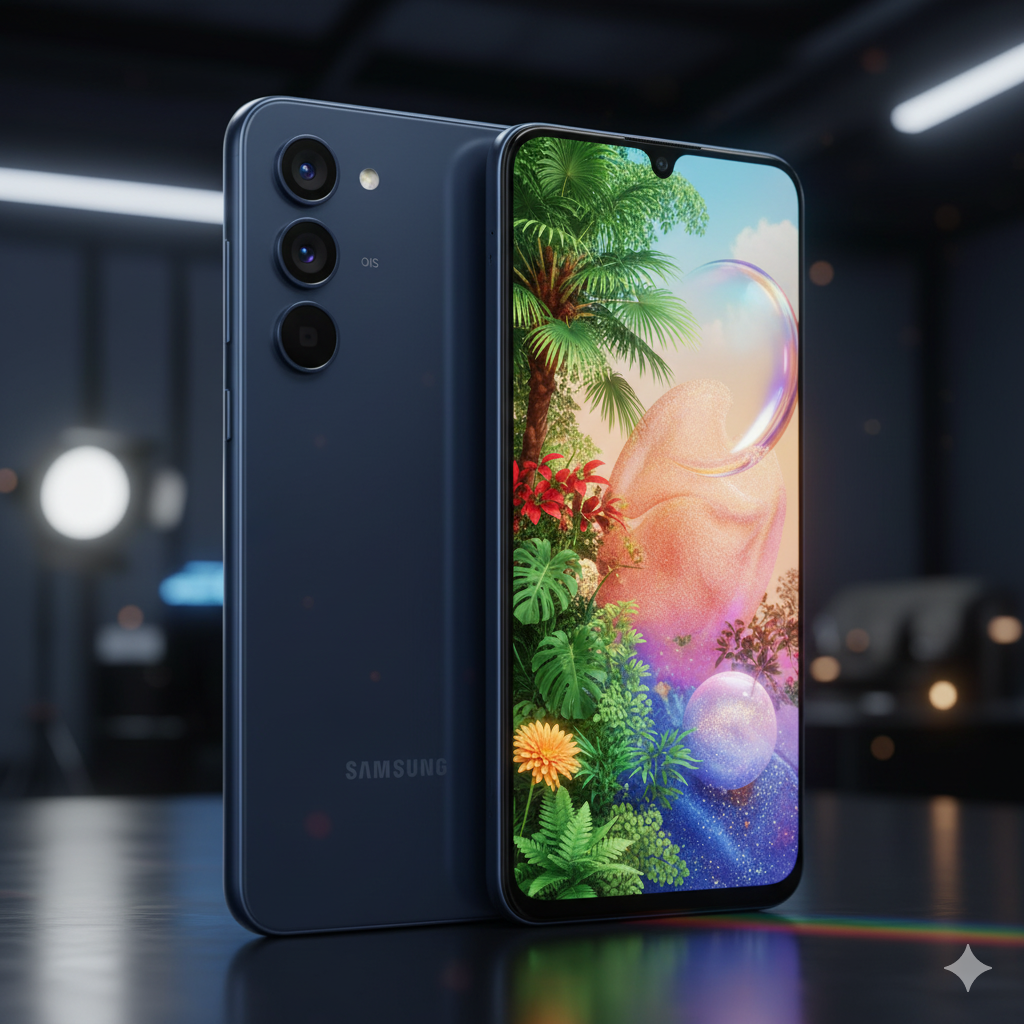
2. Samsung Galaxy A35 5G – Consistent and Color Accurate
Samsung’s A-series has matured into a reliable mid-tier contender.
Highlights:
- 50MP OIS main + 8MP ultra-wide
- Super AMOLED 120Hz display for accurate previewing
- Scene optimizer with real-time HDR
The A35 balances natural tones with Samsung’s characteristic pop, creating photos that look ready for Instagram with minimal editing. It’s a great choice for anyone who wants flagship aesthetics and camera reliability without paying Galaxy S prices.
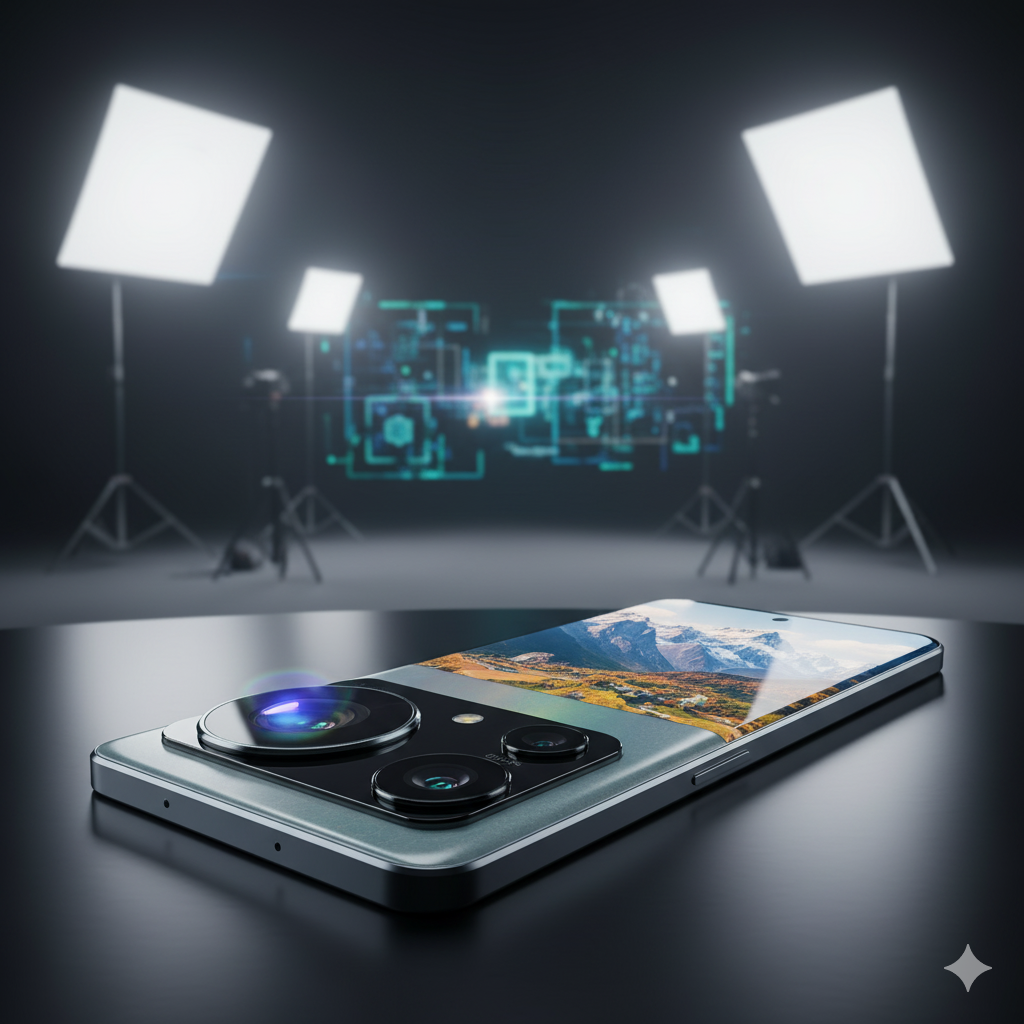
3. Redmi Note 13 Pro+ – High-Resolution, High-Value
Xiaomi continues to impress with its budget camera tech.
Camera Setup:
- 200MP Samsung ISOCELL HP3 sensor
- Optical image stabilization (OIS)
- Xiaomi’s “AI Image Engine 3.0” for scene detection
If you crave sharpness and texture, the Note 13 Pro+ delivers. Its detail retention in daylight rivals even flagship competitors, though the color balance can skew slightly warm.
| Feature | Redmi Note 13 Pro+ | Pixel 7a | Galaxy A35 |
|---|---|---|---|
| Main Sensor | 200MP | 64MP | 50MP |
| OIS | ✅ | ✅ | ✅ |
| Night Mode | Good | Excellent | Moderate |
| Best For | Texture, Resolution | All-around | Balanced colors |
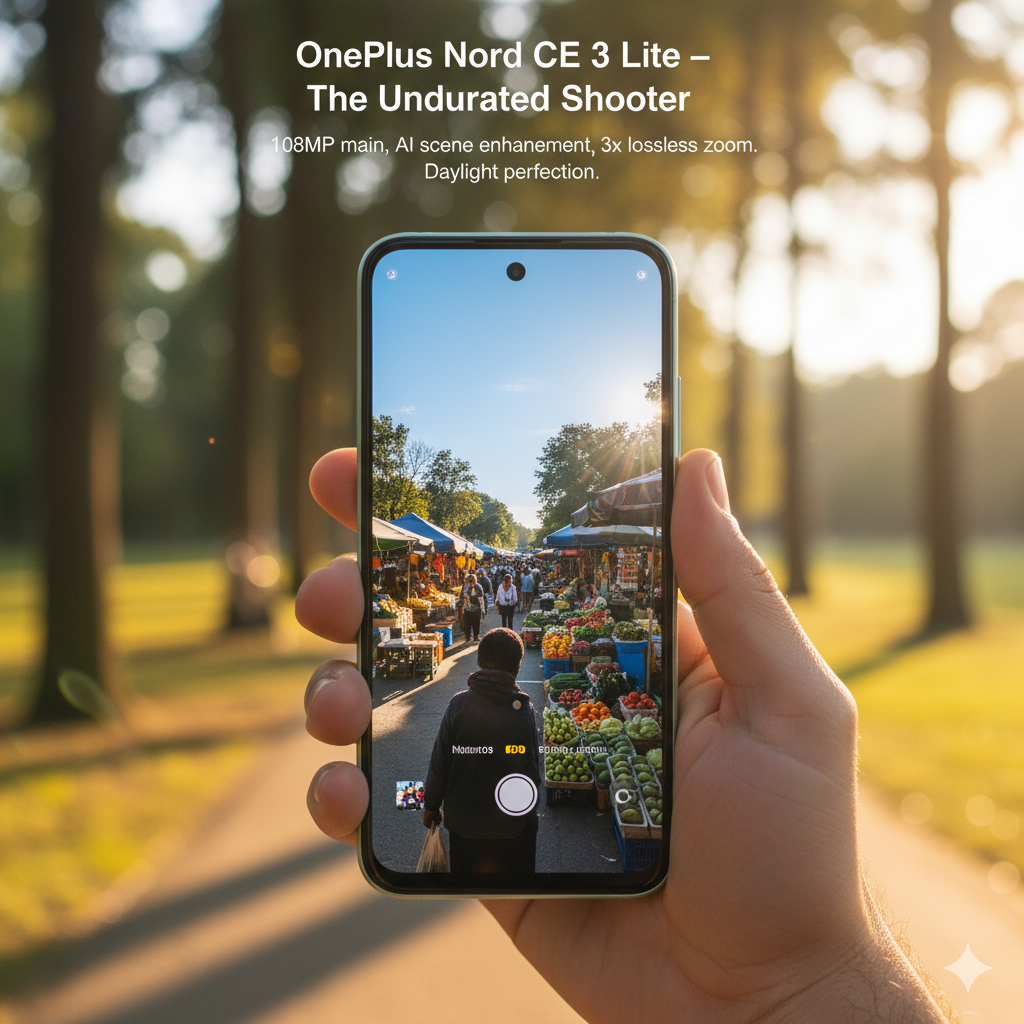
4. OnePlus Nord CE 3 Lite – The Underrated Shooter
Often overlooked, the Nord CE 3 Lite packs surprising photographic muscle.
Camera Details:
- 108MP main (Samsung HM6)
- AI scene enhancement
- 3x lossless zoom crop mode
Its camera performs best in daylight, with vivid but not over-saturated color profiles. The shutter lag is minimal, and the portrait mode separation is cleaner than expected for this price tier.
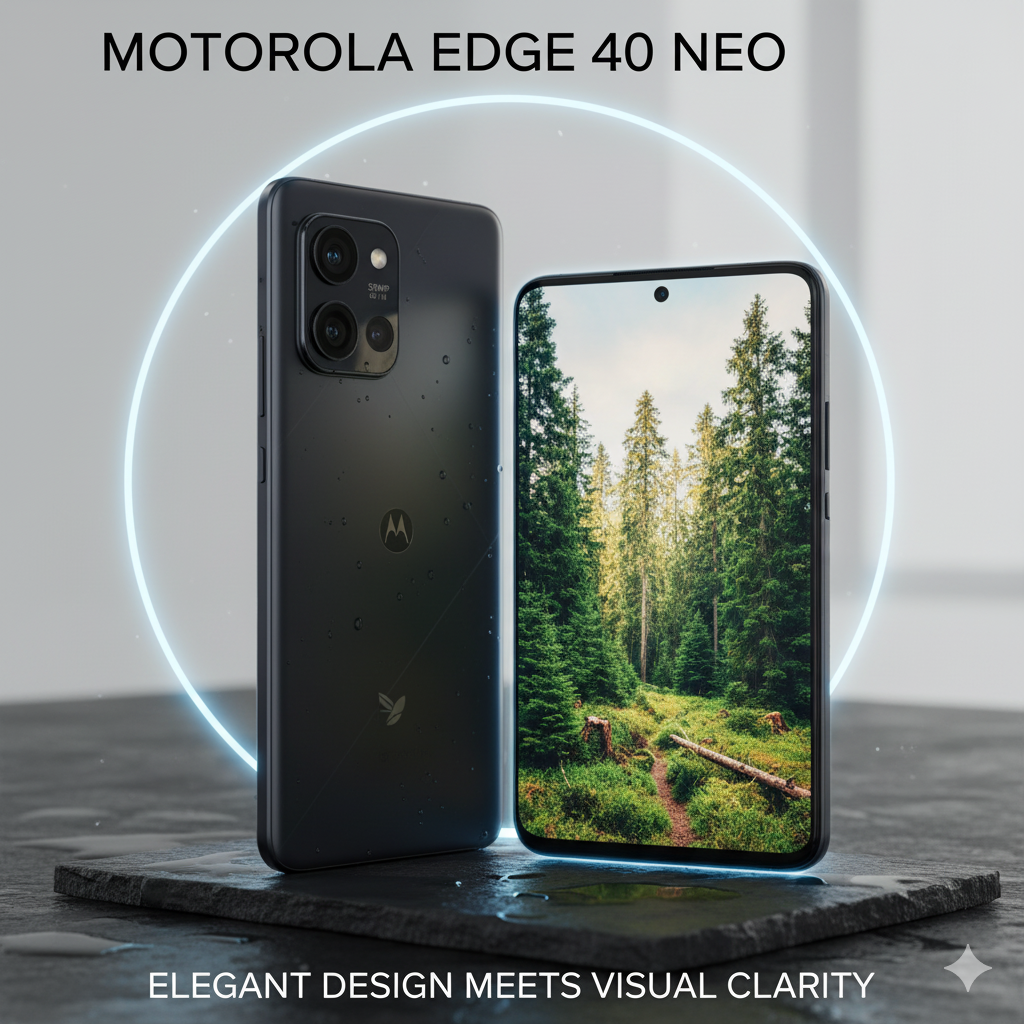
5. Motorola Edge 40 Neo – Elegant Design Meets Visual Clarity
Motorola’s budget reinvention continues with the Edge 40 Neo, a phone that punches above its weight.
Camera System:
- 50MP (Sony IMX563) with OIS + 13MP ultra-wide
- 32MP front camera with HDR selfie optimization
- AI motion tracking
Motorola’s image tuning leans natural, making it perfect for those who prefer true-to-life color. Combined with a lightweight design and IP68 rating, it’s both practical and aesthetic.
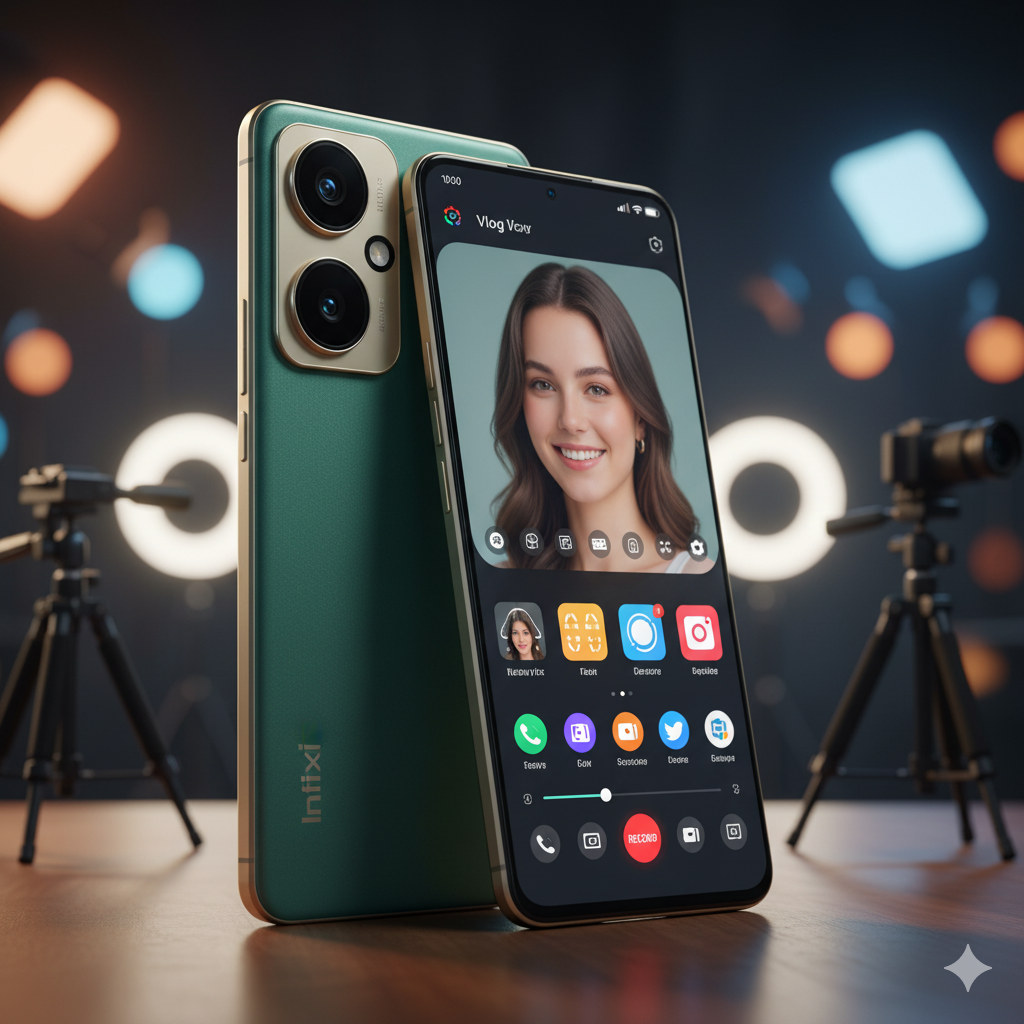
6. Infinix Zero 30 5G – The Vlogger’s Delight
A rising player in the budget creative scene, Infinix targets the content creator demographic.
Camera Features:
- 108MP rear camera with 2K video support
- 50MP front camera capable of 2K vlog recording
- Built-in vlog assistant and beauty filters
The Zero 30 5G’s combination of dual high-resolution sensors and dedicated vlogging tools makes it stand out among affordable handsets. Perfect for creators who want good optics and camera-centric design under $350.
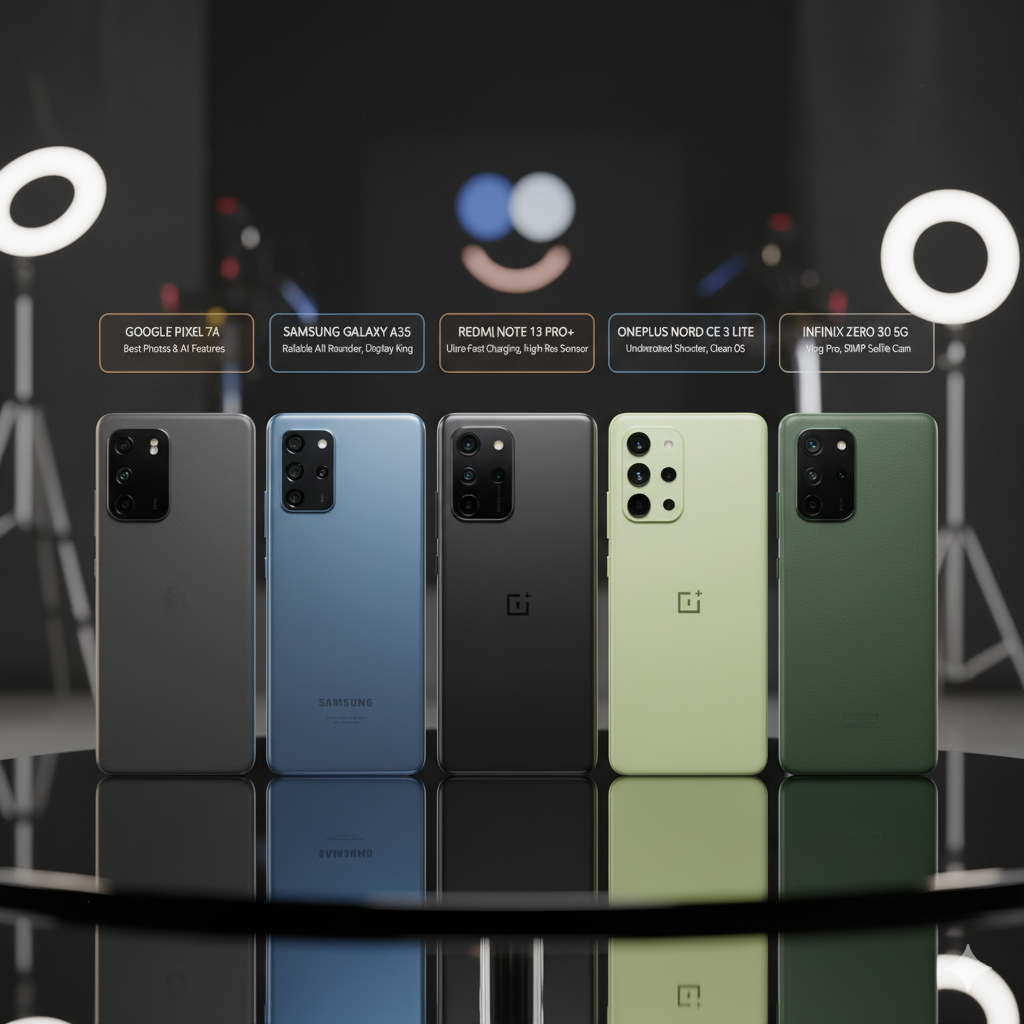
How These Phones Compare
Key Strengths Breakdown
| Phone | Strength | Price Range | Best Use Case |
|---|---|---|---|
| Google Pixel 7a | Computational photography | ~$450 | Low-light & portraits |
| Samsung Galaxy A35 | Balanced color & consistency | ~$350 | Everyday shooter |
| Redmi Note 13 Pro+ | Detail-rich photos | ~$400 | Landscape & daylight |
| OnePlus Nord CE 3 Lite | Versatile & fast focus | ~$300 | Street & travel |
| Motorola Edge 40 Neo | Natural tones | ~$350 | Lifestyle photography |
| Infinix Zero 30 5G | Vlogging features | ~$330 | Selfie & content creation |
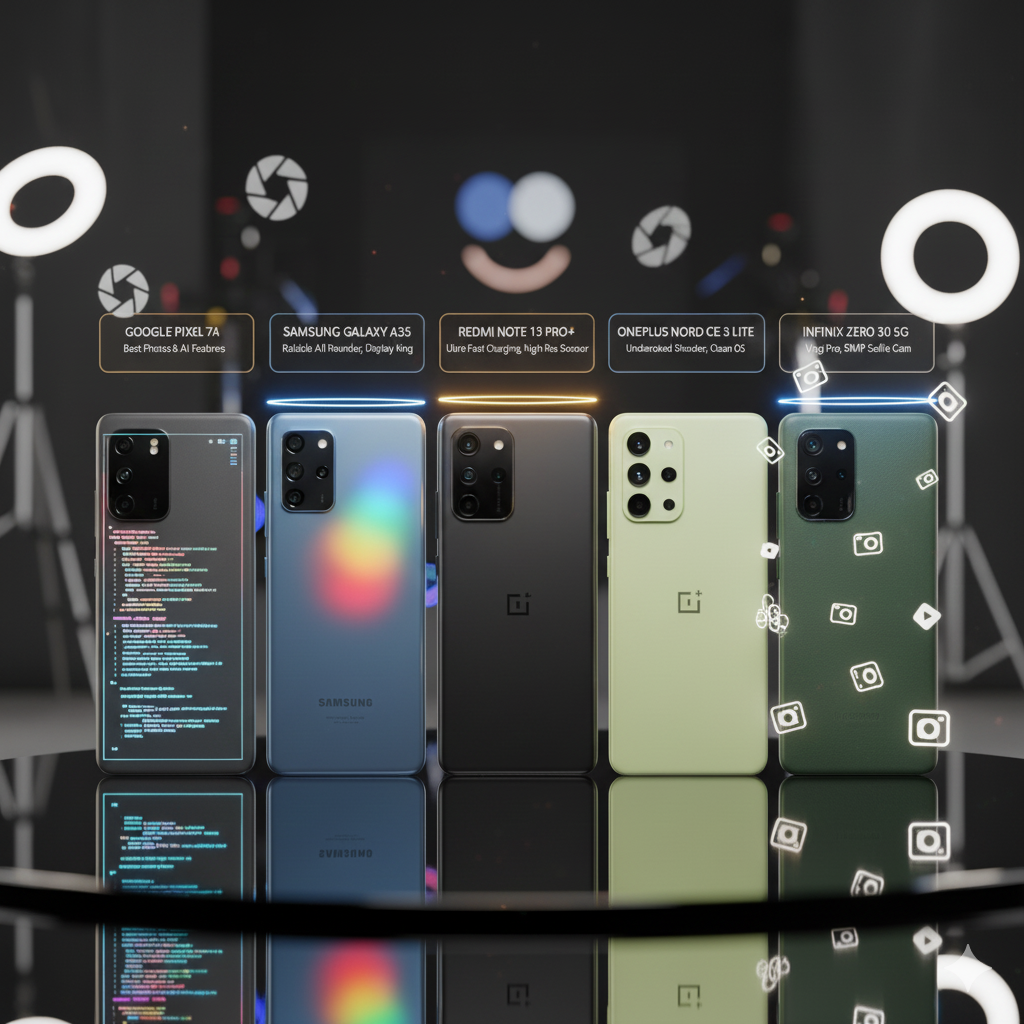
Expert Verdict
Each of these Android phones brings something distinct to the table — from Google’s unmatched software to Xiaomi’s resolution-first approach. The “budget” label is now more about pricing strategy than compromise.
If you value software-driven photography, the Pixel 7a remains the top recommendation. For color-rich social-ready photos, the Galaxy A35 is your go-to. Creators on a budget? The Infinix Zero 30 5G might surprise you most.
Final Thoughts
The 2025 smartphone landscape proves that you no longer need to spend $1000 for premium photos. As imaging algorithms mature and hardware costs drop, budget Androids are redefining visual excellence.
Whichever model you choose, remember: the best camera is the one you’ll actually use — and these six ensure you’ll use it often.
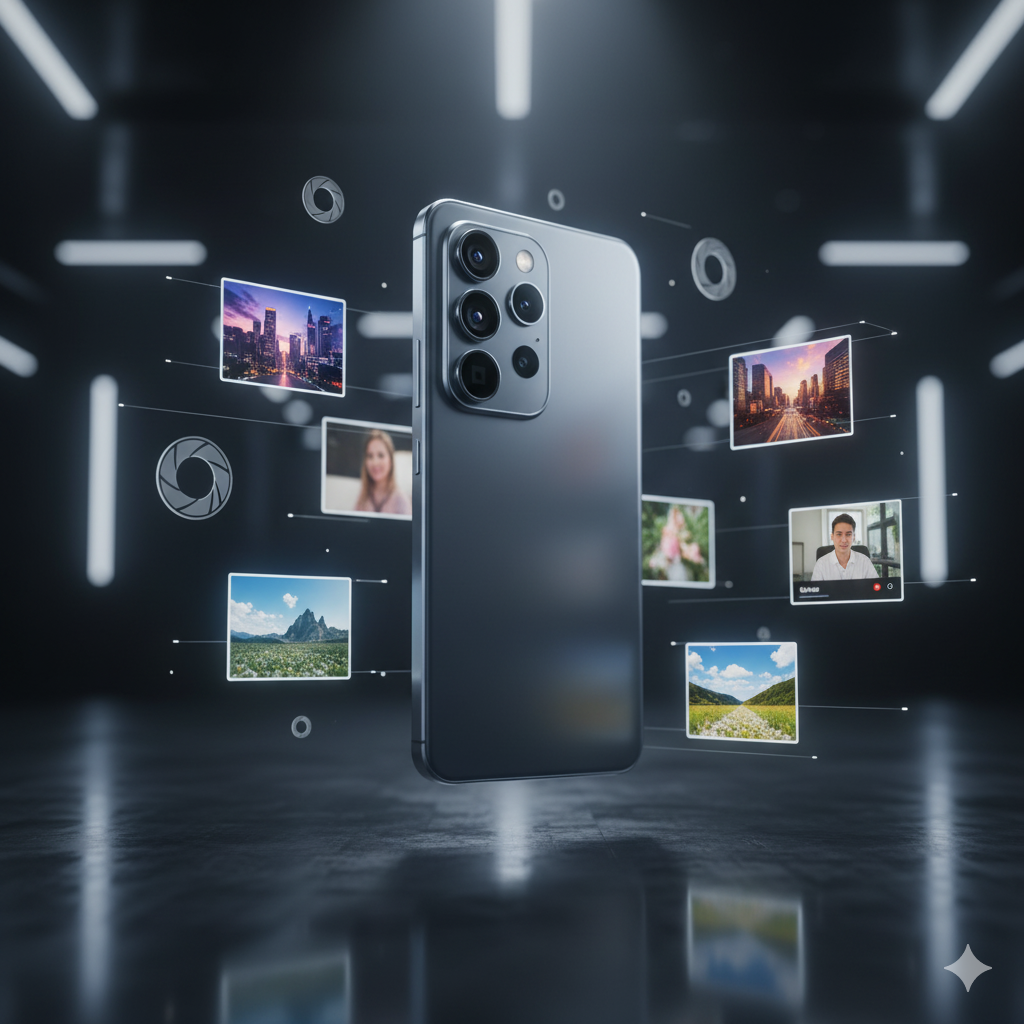
Key Takeaway:
“In 2025, the budget camera phone is no longer a compromise — it’s a smart choice.”

